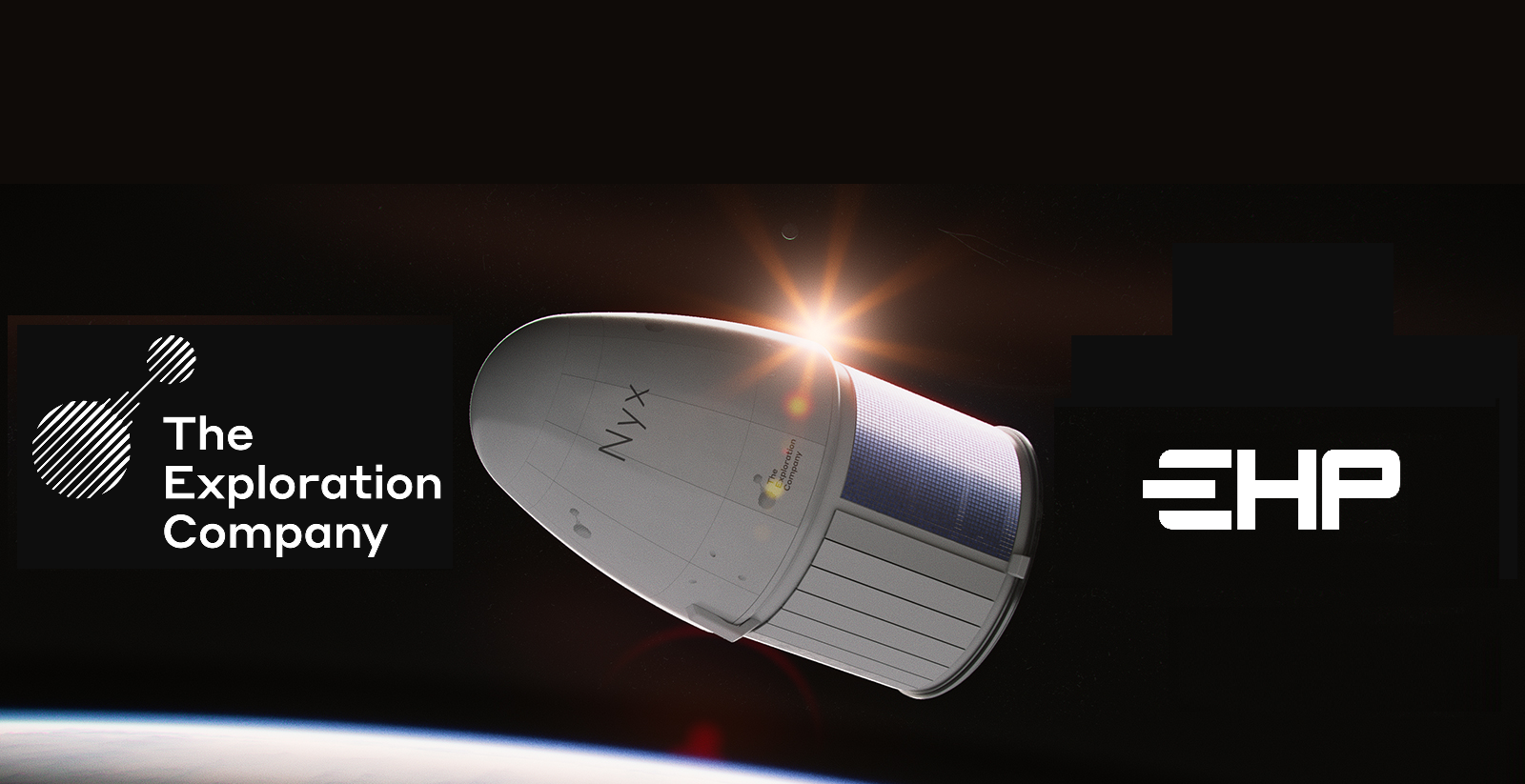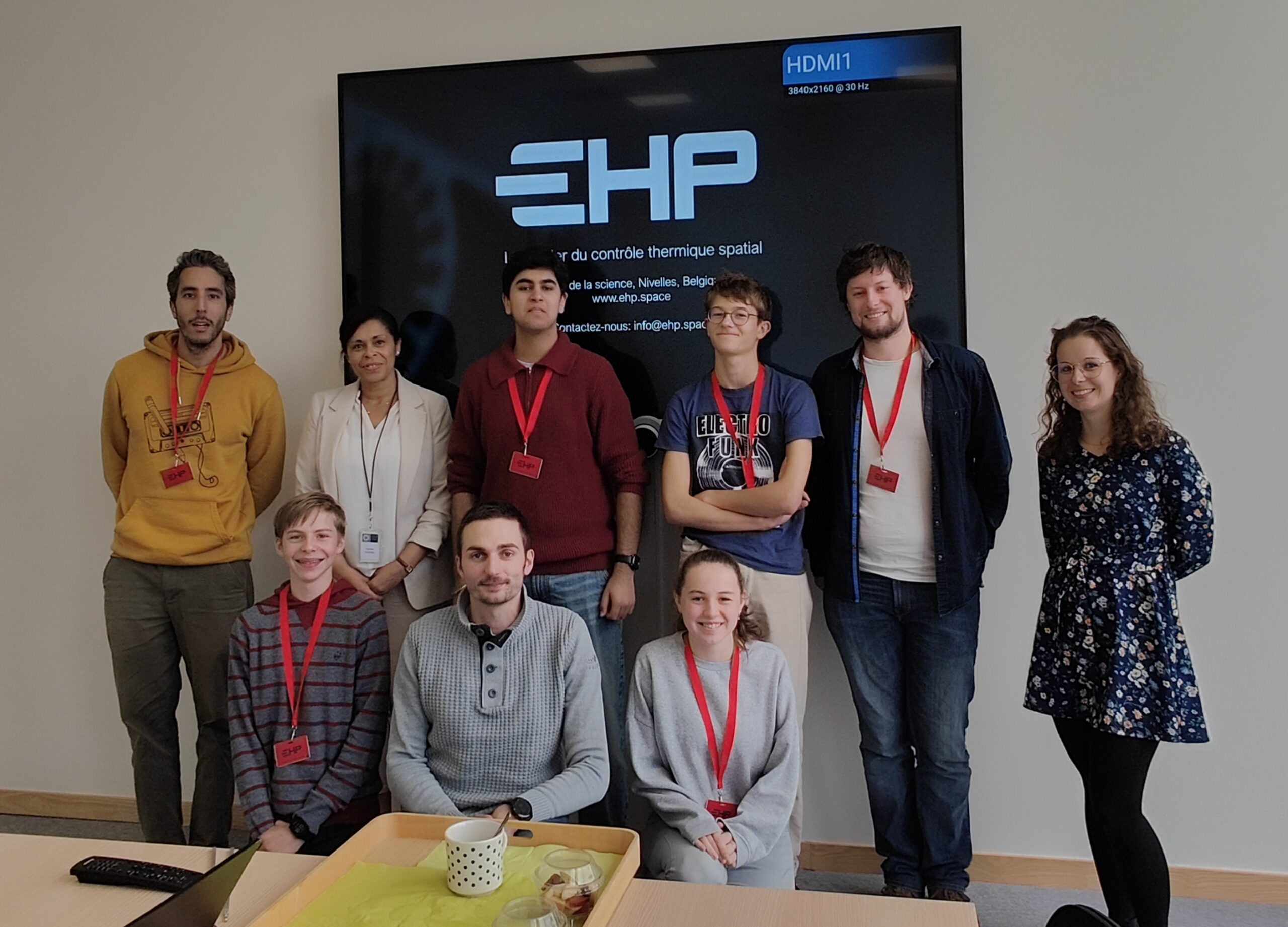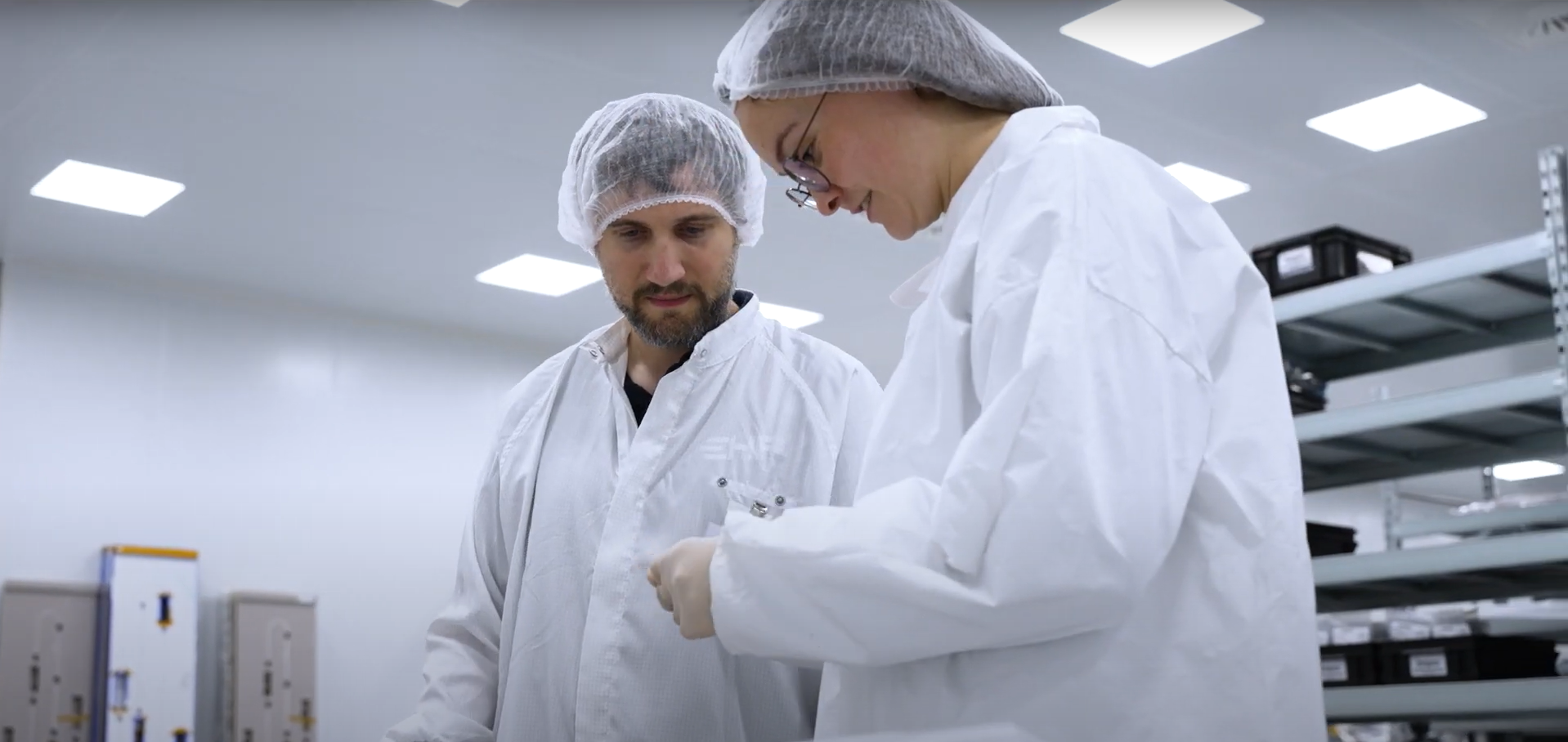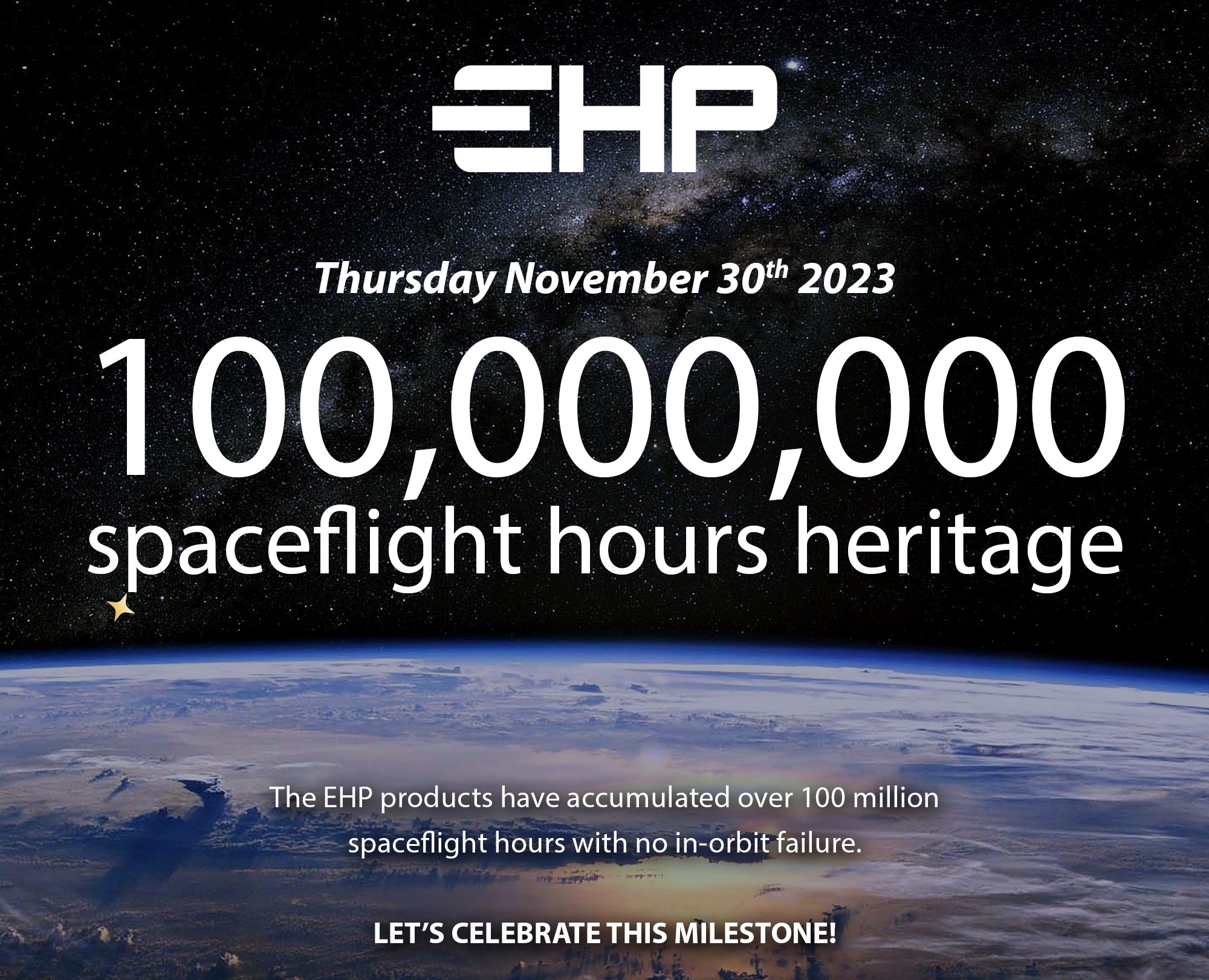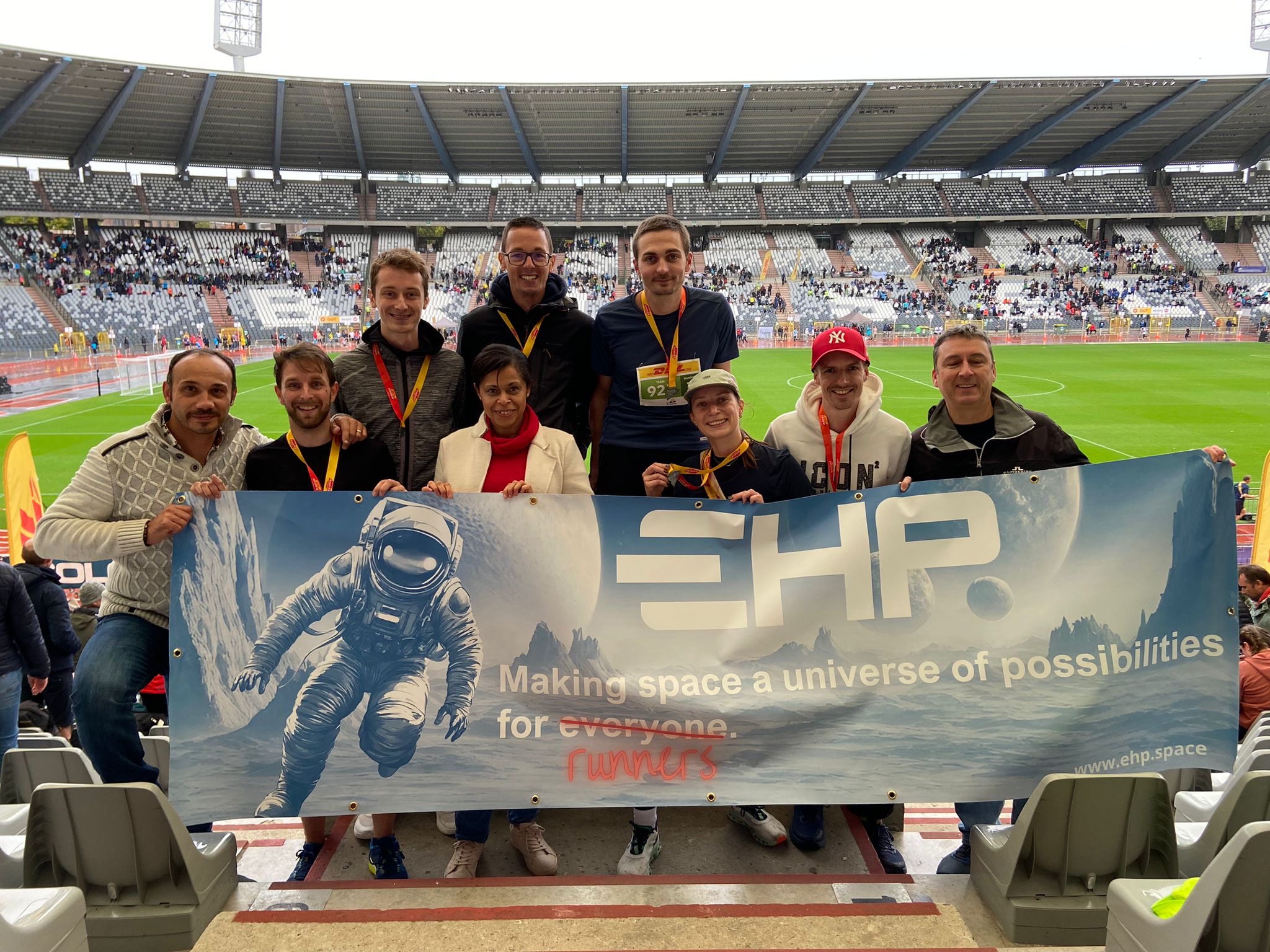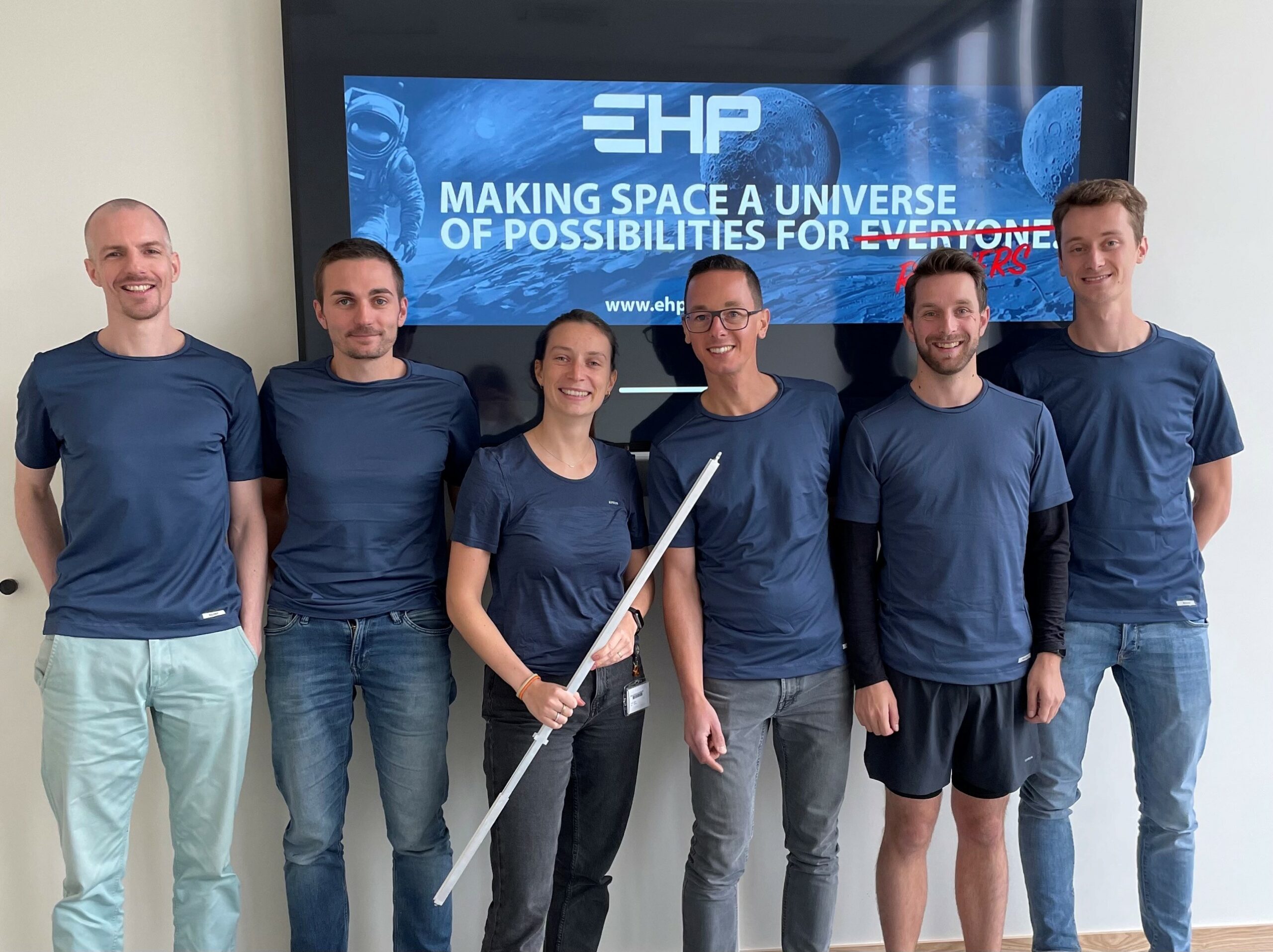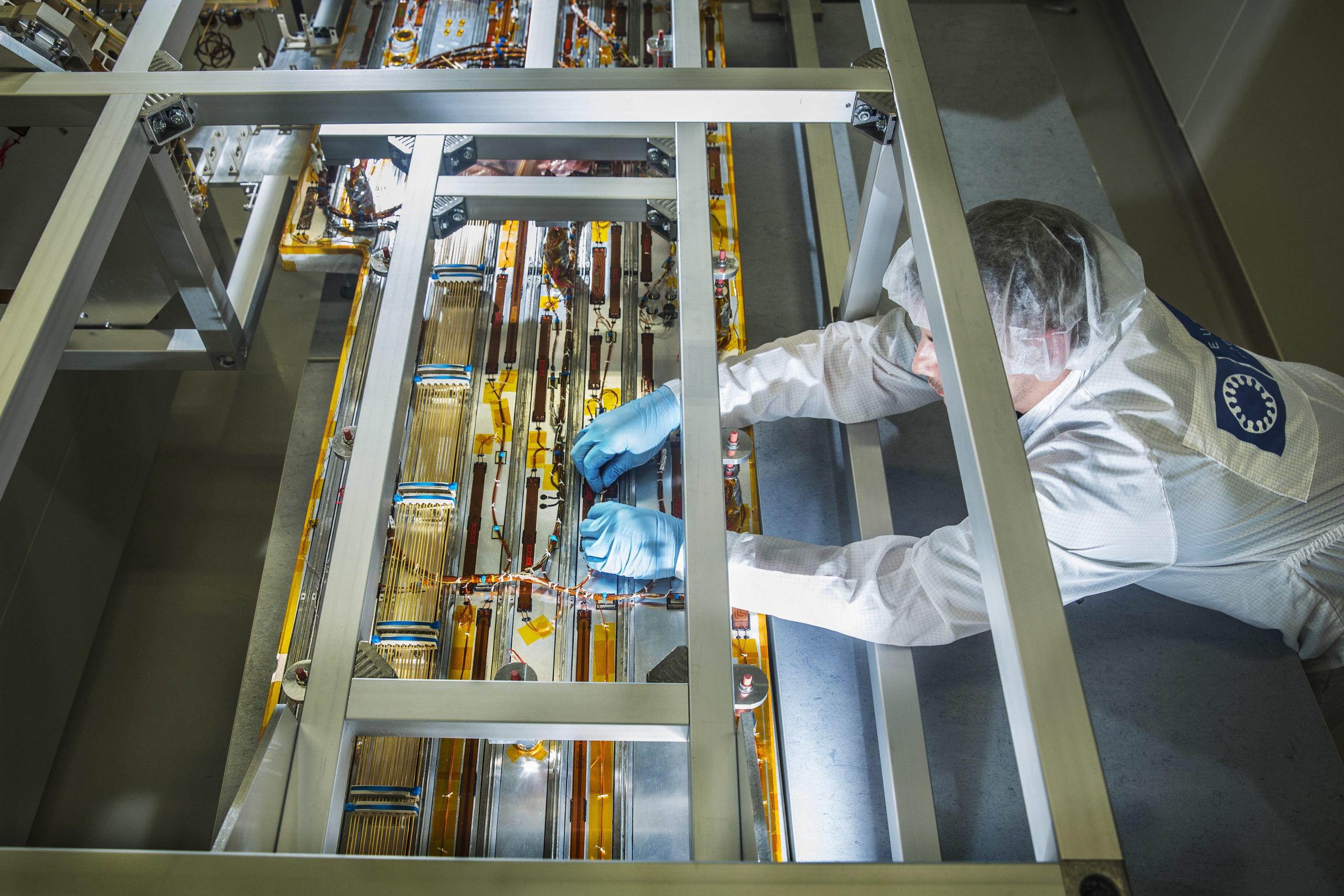EHP is proud to announce that we have been selected by The Exploration Company (www.exploration.space) to […]
Cet automne, nous avons eu le plaisir d’accueillir une classe de l’option Sciences Spatiales de l’IPET […]
In an interview with Agoria at EHP, Aude VANHORENBEECK, Methods and Processes Engineer at EHP in […]
Join us in celebrating a monumental achievement as EHP marks an unprecedented milestone: 100 million cumulative […]
Nous félicitons Solène, Eric, Quentin, Adrien, Yannick et Julien pour leur performance sportive ce week-end au […]
During European Space Thermal Engineering Workshop 2023, on October 11th (2PM), EHP & Airbus Defence & […]
Ce 25 septembre 2023, nous avons eu le plaisir de recevoir Thomas Dermine, Secrétaire d’État pour la […]
Today we celebrate #SpaceExplorationDay in honor of the extraordinary exploration, innovation and discoveries made in space. At EHP, […]
To support our growth in terms of production volumes, staff and turnover, we are building a […]


